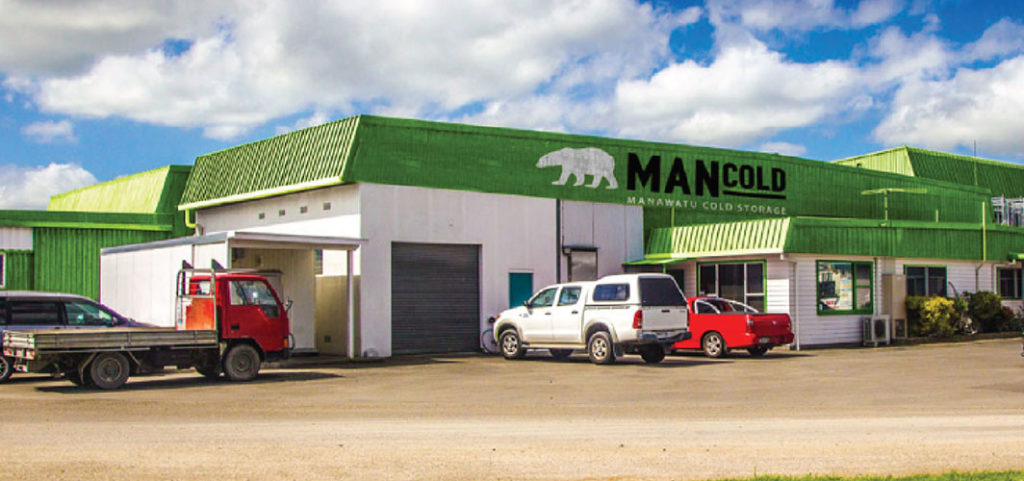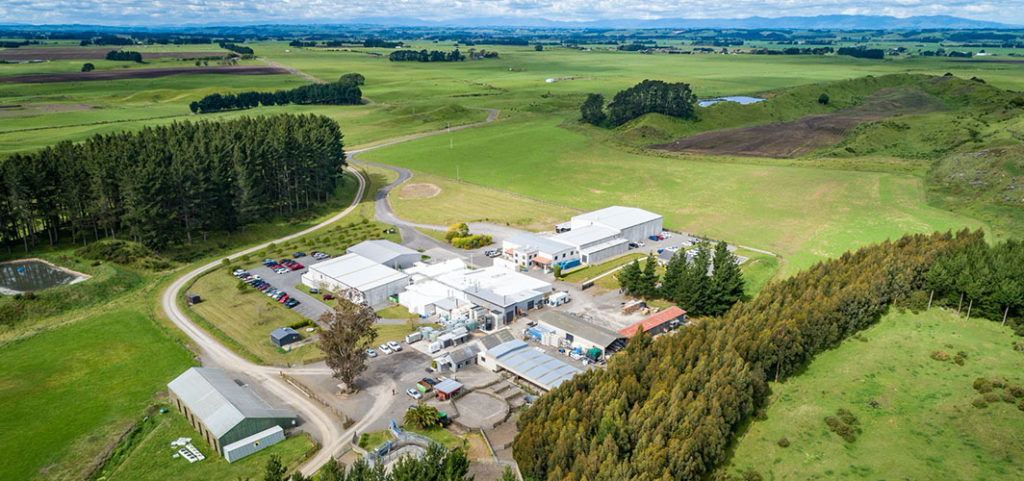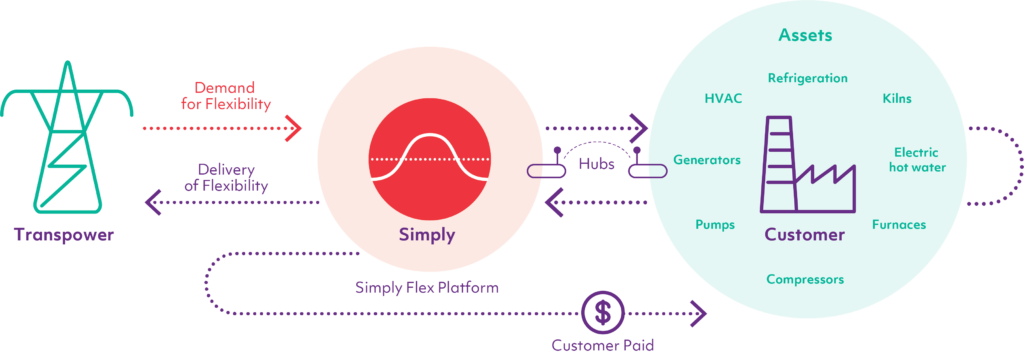Home / Demand Flexibility
It pays to be flexible with your energy use.
Simply Flex gives you greater control over when selected equipment at your site uses electricity by automatically switching it off when the grid needs extra support.
How you’ll benefit
- Earn money for switching off selected electrical equipment at times of high electricity demand and for being on standby to reduce electrical load quickly if there’s an unplanned major grid event.
- Reduce your costs from getting paid to shift your energy use.
- Make a meaningful contribution to New Zealand’s energy transition.
What our customers are saying
Our customers share how participating in Simply Flex is helping them reduce emissions, save costs and even earn money by enabling flexible energy use.
Open Country Dairy
Find out how Simply Flex is helping Open Country shift its electricity use to displace coal and reduce emissions.

Crasborn.
Crasborn shares how Simply Flex is helping it keep the fruit chilled and the country powered.

Mancold.
Find out how the financial rewards of joining Simply Flex have exceeded Mancold’s expectations.

Farmland.
Farmland Foods has a long history of using innovative technology, and tell us how Simply Flex is helping it stay at the forefront of its industry.

Moana.
New Zealand’s largest Māori-owned fisheries company, Moana explains how Simply Flex is helping it create a more sustainable New Zealand.
How it works.

Your electrical equipment
We install our Simply Flex hub on your site to connect to your electrical equipment.
Our software
Our cloud-based software integrates with the hub and electricity markets.
New Zealand’s electricity markets
In real-time our automated platform manages your equipment to participate in multiple electricity markets.
Getting set up is easy
- We’ll help you identify if Simply Flex is right for you and select electrical equipment to participate, ensuring no disruption to your core business.
- We’ll also agree on the terms of your participation and work out how much you could earn.
- Then, we’ll install hardware on your site to send event signals to your control systems and test that everything works as expected.
- Once you’re up and running, we’ll pay you to be on standby to reduce your load and respond to events.
Register your interest
More information
- Equipment can include load, generation or energy storage equipment.
- It must be able to be automatically controlled.
- Where temporary interruption of power supply to selected equipment is not business critical, eg a freezer that can be turned off for short periods of time.
- Equipment can have a variable operating profile and does not need to be available 24/7.
- Participating equipment should have an average demand or generation output capacity of at least 100kW across the site.
- Examples include refrigeration compressors, fans and pumps, heating, ventilation and air conditioning (HVAC) systems, timber drying kilns, furnaces, swimming pools, water and wastewater pumps, manufacturing equipment and loads backed up by uninterruptible power supply (UPS) systems and gensets.
Your existing control systems continue to have sole control of your equipment. We install our Simply Flex hub at your site, which provides event signals to your control system.
Participating sites can be located anywhere in New Zealand
No, you can participate in Simply Flex regardless of who supplies your electricity.

